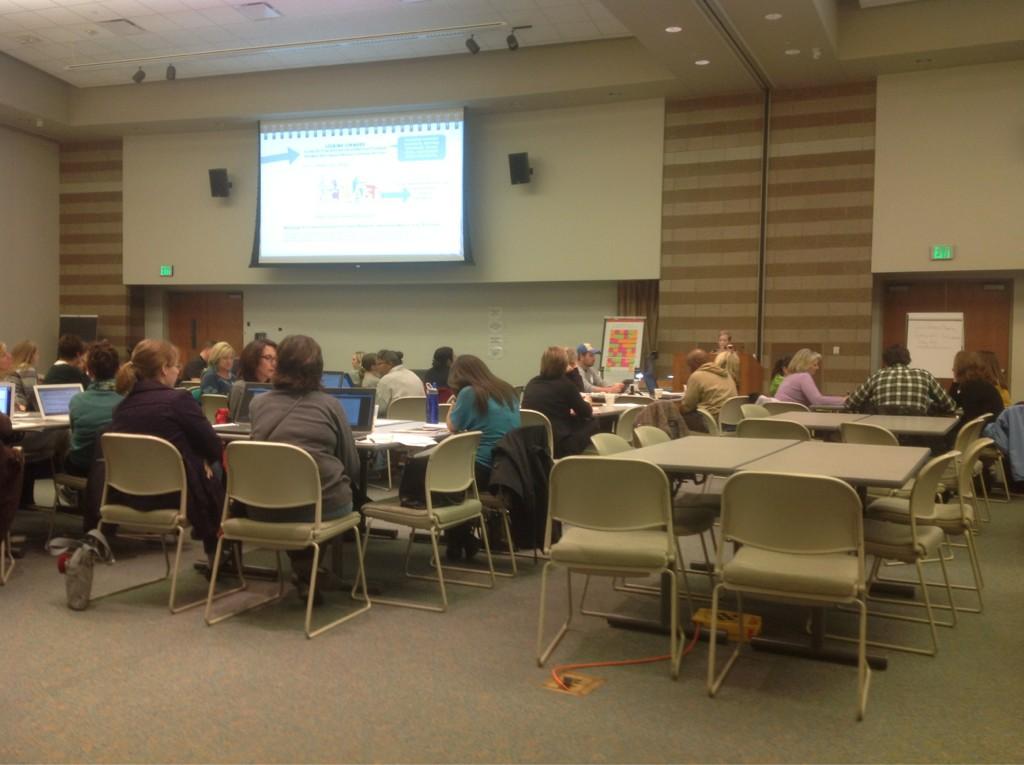January 20, 2017
Detroit Institute of Arts
Explore the permanent collection with DIA gallery teachers who will demonstrate techniques designed to encourage engagement and build critical thinking skills for students. Educators attending this event will also get an exclusive preview of the DIA’s new Lumin augmented reality tour and discuss ideas for using this tool with students on field trips. The DIA is the first art museum in the world to integrate this 3-D mapping and smartphone AR technology into a mobile, public tour.
February 4, 2017
Detroit Institute of Arts
In this 1-day workshop focused on 5th-12th grade art educators, participants will experience activities that bring writing into the art curriculum. Using the DIA’s collection as a classroom, we’ll use the morning to think about the artist’s journey, learn journaling and reflection strategies for personal and peer work, and draft an artist statement. In the afternoon, we will focus attention on writing about the work of other artists using the skills we’ve acquired. All sessions will be experiential and conclude with a conversation about incorporating the materials into your classroom teaching practice. At the end of the workshop, participants will leave with a set of activities that are intended to generate meaningful writing within the arts curriculum.
February 14, 2017
Grand Rapids Art Museum
Grab a glass of wine and experience a lively and unforgettable night at the museum! Discover the tribal designs of Michigan tattoo artist Leo Zulueta, then create and print your own wearable temporary tattoos. Learn about modern and traditional tattooing methods and experiment with temporary tattoos and henna.
February 18, 2017
Online
The Art of Education Conference provides great professional development online on a variety of topics. Here are some of the highlights you can look forward to at this winter's conference:
Some of the presenters include:
Mike Venezia - a talented author and illustrator who played an important role in the development of the 'Getting to Know' series. Mike will explain why he believes art - and art teachers - are so vital to our lives.
Kelly Phillips - Infusing STEAM Concepts into a TAB Classroom. Kelly will share some of her favorite ways to infuse the culture of STEAM into the art room! She'll share concrete examples of how she introduces STEAM concepts to her students in a TAB classroom, and demonstrate how these concepts can inform artmaking at every level.
Janine Campbell - Choosing to Change, and Changing to Choice. Moving away from the narrow view of what we are supposed to teach and what students are supposed to learn has transformed her teaching. Janine has challenged herself to instead give students the chance to find their own voice and connect to their work in meaningful ways. She'll share insights about what got her over the fear of change and what happened to her teaching when she said "yes" to choice.
Benefits to attending:
Some of the benefits of attending this conference include a goodie bag mailed to your door, you'll have access to the video presentations for a year after the conference airs online, you can attend in your pajamas, you can earn eight PD hours that count toward your SCECHs, TED Talk style presentations, etc...

























